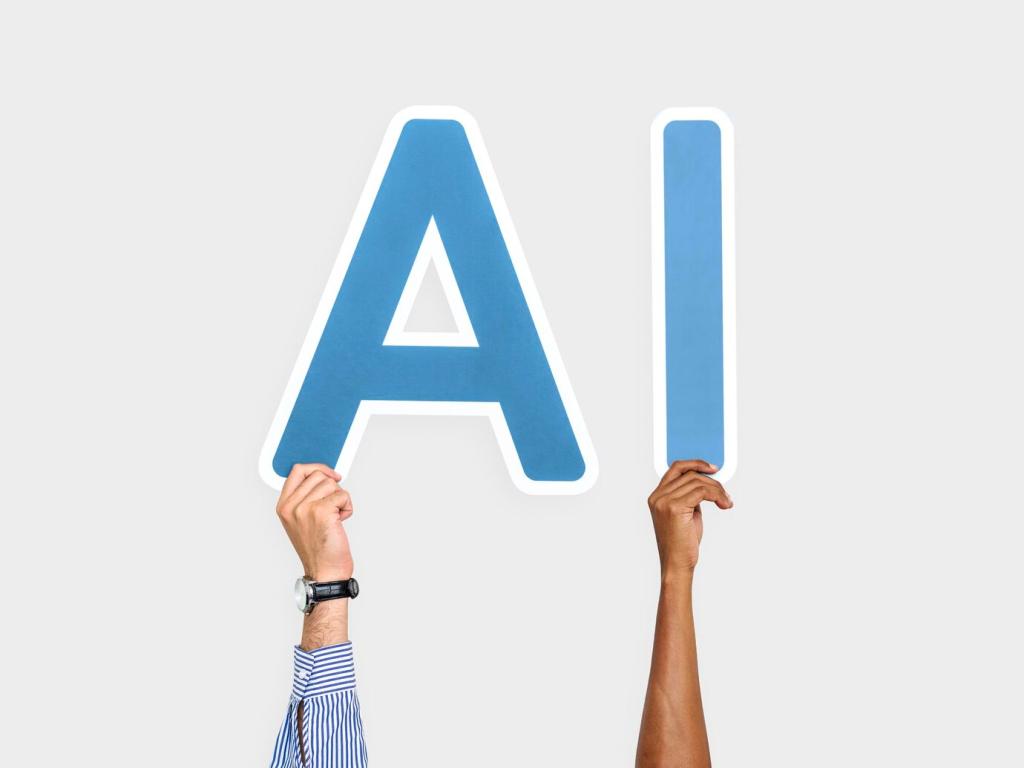AI and Decision-Making in Enterprises: Turning Data into Confident Action
Chosen theme: AI and Decision-Making in Enterprises. Step into a pragmatic, story-rich exploration of how organizations convert data, models, and human judgment into faster, fairer, and more profitable choices. Subscribe, comment, and shape tomorrow’s decisions with us.

From Gut Feel to Model-Driven Choices
How Clarity Emerges from Noisy Data
In the enterprise, data is rarely pristine. AI helps sift patterns from the noise, linking fragmented signals across systems and time. The result is not certainty, but transparent probabilities that guide smarter, faster decisions with measurable confidence.
Anecdote: The Supply Chain That Stopped Guessing
A regional retailer used AI to balance inventory across 120 stores. Managers once relied on hunches; now demand forecasts update hourly. Stockouts fell, markdowns shrank, and a veteran buyer said, “I still decide—but I finally see why.”
What to Watch: Bias, Drift, and Accountability
AI-driven decisions can degrade as data shifts, amplify hidden biases, or blur ownership. Guardrails matter: monitor drift, stress-test outcomes, document rationales, and assign clear accountability so models inform choices without quietly dictating them.
Great models fail when fed irrelevant inputs. Map decisions to outcomes, then backtrack to the minimal, most predictive signals. Prioritize timeliness, granularity, and lineage so every data point earns its seat at the decision table.
Data Foundations for Trustworthy AI Decisions
Data contracts, validation checks, and stewardship roles prevent silent failures. Define acceptable ranges, automate alerts, and resolve upstream issues quickly. Decisions improve when quality rules travel with the data, not as afterthoughts.
Data Foundations for Trustworthy AI Decisions

When Humans Must Override
Create explicit override paths for edge cases, ethical concerns, and rapidly evolving conditions. Require short, auditable justifications. This preserves agility, builds trust, and teaches models through feedback rather than blind acceptance.

Interfaces That Build Confidence
Decision dashboards should surface the why, not just the what. Show drivers, sensitivities, and scenario outcomes. When leaders see the levers and trade-offs, they engage constructively and commit to decisions with shared understanding.

Training Stakeholders to Question the Model
Workshops that rehearse failure modes—bias, drift, data outages—equip teams to challenge recommendations thoughtfully. Encourage probing questions, celebrate responsible skepticism, and log learnings to strengthen both governance and everyday decision habits.
Metrics That Matter for Enterprise Decisions

Track uplift, avoided loss, and decision regret alongside precision. A slightly less accurate model may deliver better portfolio outcomes if it optimizes the full decision path, constraints, and downstream operational effects.
Scaling AI Decisioning Across the Organization
Codify eligibility rules, guardrails, and features once, then reuse them across products. This reduces duplication, speeds audits, and ensures consistent behavior when similar decisions recur in new lines of business.


Scaling AI Decisioning Across the Organization
People adopt what they help build. Involve domain experts early, pilot visibly, and celebrate improvements. Narratives about jobs getting easier and outcomes getting fairer invite champions and calm common anxieties.
Risk, Ethics, and Compliance in AI Decision-Making
Assess disparate impact, document mitigations, and maintain traceability from data to decision. Align practices with emerging standards so fairness is measurable, defensible, and continuously improved under real-world constraints.
Risk, Ethics, and Compliance in AI Decision-Making
Offer layered explanations: simple narratives for executives, feature contributions for managers, and technical diagnostics for practitioners. Useful explainability reduces fear, accelerates approvals, and strengthens accountability across roles.



